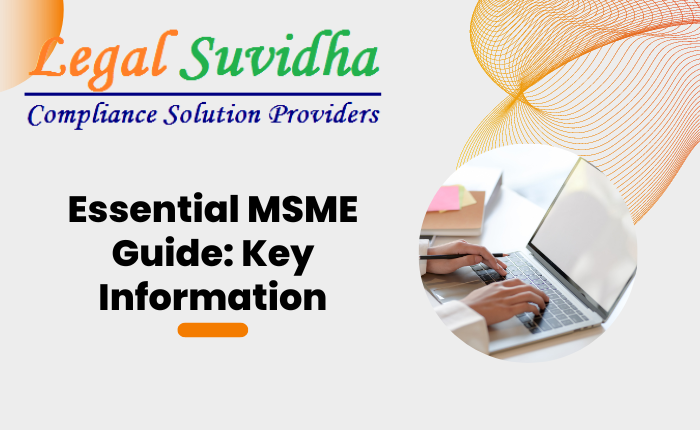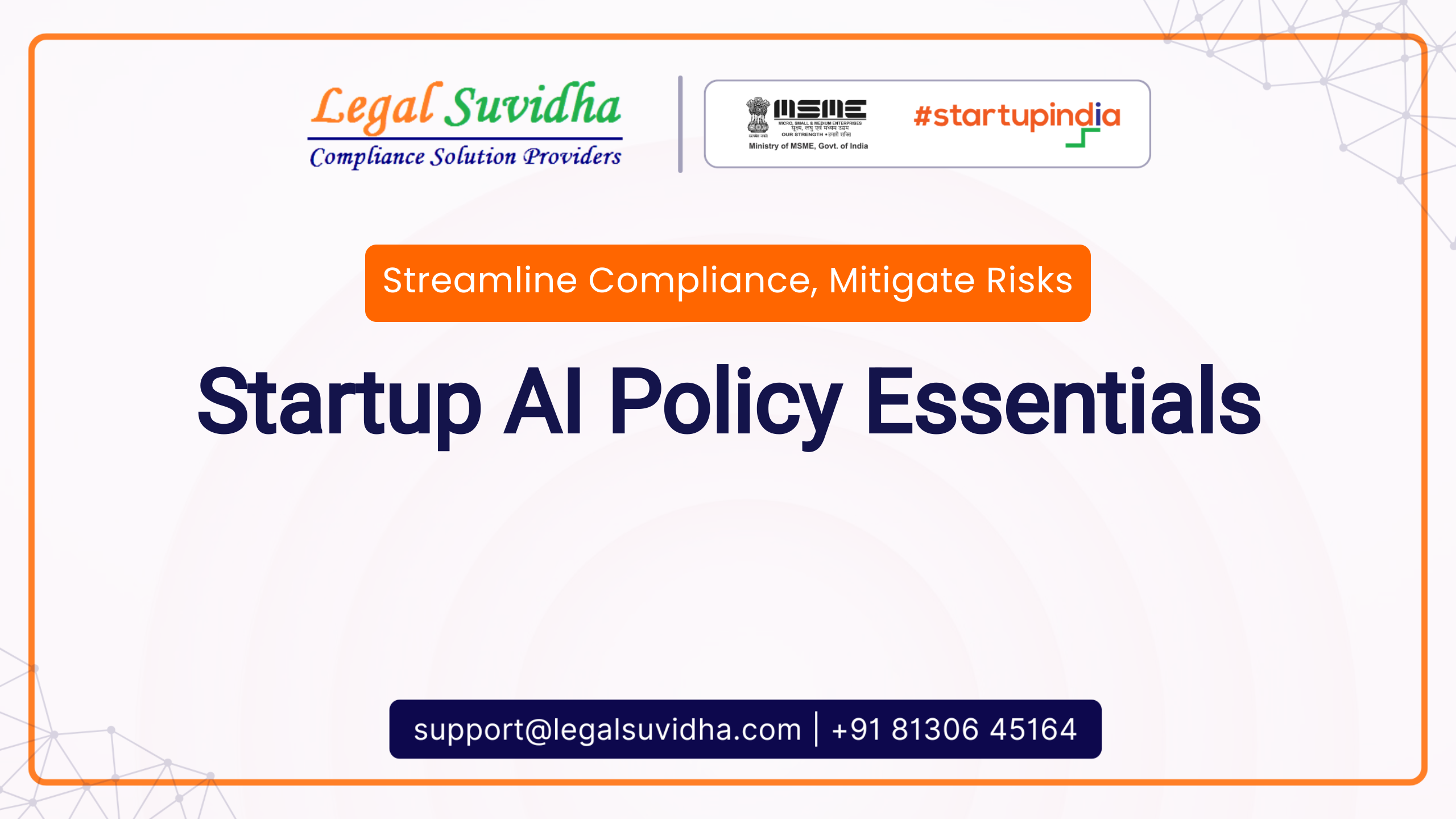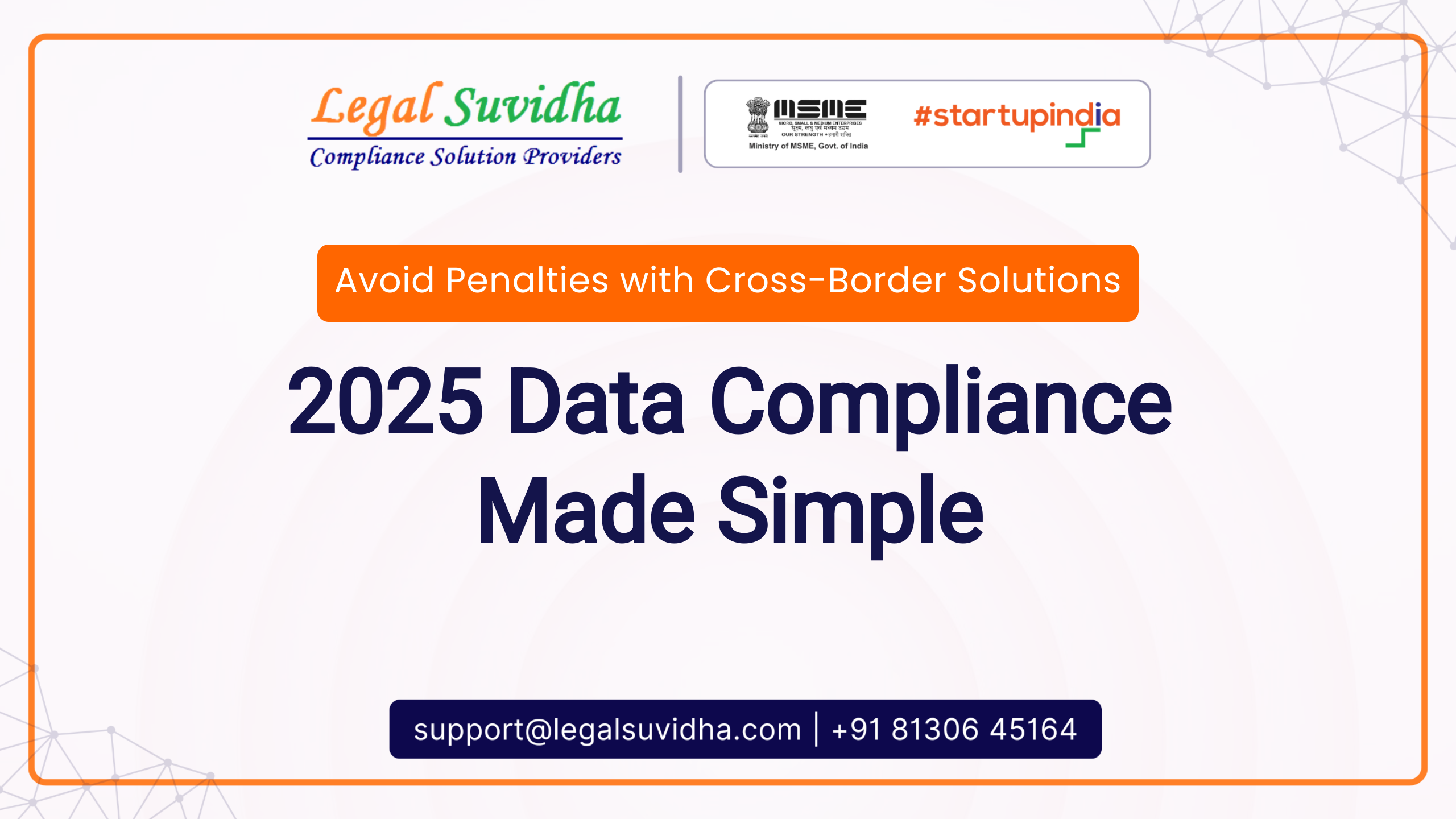MSME, which stands for Micro, Small, and Medium Enterprises, represents a part of India’s economy that drives growth, innovation, and progress. These enterprises, also known as Small Scale Industries (SSI), have been expanding for over sixty years. The government has actively supported MSMEs through policies and initiatives like the Udyam Registration system, investment classifications, and incentives, showing a commitment to their development.
The uniqueness of MSMEs: What makes MSMEs unique is their significant impact on India’s society and economy. Let’s explore their special features:
- Creating Jobs: MSMEs are major job creators, offering employment opportunities across different skill levels. Unlike large industries that need a lot of money, MSMEs create jobs at a lower cost since they rely more on labor.
- Developing Rural Areas: MSMEs play a big role in developing rural regions. By setting up businesses in remote areas, they help reduce the gap between urban and rural areas, promoting balanced growth.
- Working Together: Instead of competing with big industries, MSMEs work alongside them. They provide essential parts, materials, and services, creating a cooperative relationship.
- Sharing Wealth: MSMEs spread wealth more evenly across the country. They encourage entrepreneurship and innovation in various places, leading to balanced development.
- Adaptability: MSMEs are known for being quick and flexible. Because they’re smaller, they can respond fast to changes in the market or the economy.
Eligibility: Who Can Register as an MSME
MSME registration is open to different types of businesses. Let’s look at who can apply:
- Proprietorship: A single owner runs the business, with minimal regulations.
- Partnership Firm: Two or more people or entities run the business together, either as a regular partnership or a Limited Liability Partnership (LLP).
- Hindu Undivided Family (HUF): A family-owned and operated business, following Hindu Law.
- Company: This includes different types of companies like Private Limited, Public Limited, and One Person Companies.
- Trust: Non-profit organizations or businesses set up as trusts.
- Society: Another type of non-profit organization.
- Any Other Entity: This covers LLPs, Co-operative Societies, and others, as long as they meet the set limits.
Classification: New MSME Definitions Starting from July 1, 2020, India’s government introduced new MSME classifications. These consider both investment and annual turnover for a complete view.
– MICRO: Investment ≤ Rs. 1 crore, Turnover ≤ Rs. 5 crore
– SMALL: Investment ≤ Rs. 10 crore, Turnover ≤ Rs. 50 crore
– MEDIUM: Investment ≤ Rs. 50 crore, Turnover ≤ Rs. 250 crore
Benefits of MSME Registration: A Closer Look
- Permanent Registration: It’s a one-time process, giving a unique identification that’s valid for the business’s life.
- Easy Online Registration: The process is online, reducing bureaucracy and promoting transparency.
- Diverse Activities: You can specify multiple manufacturing or service activities, encouraging versatility.
- Access to Government Platforms: Participation in government procurement and trade receivables financing.
- Government Scheme Access: Credit backing, preferences in government tenders, and protection against payment delays.
- Priority Sector Loans: Easier access to bank loans, boosting financial inclusion.
- Subsidy for Patents: Support for innovation and protection of intellectual property.
- ISO Certification Reimbursement: Help in adhering to quality standards and expanding global reach.
- Collateral-Free Loans: Easier finance access without strict collateral requirements.
Documents for Udyam Registration:
- AADHAR Card: For the owner or authorized representative.
- PAN Card: For tax purposes.
Step-by-Step Udyam Registration Guide:
- Go to the Udyam Registration Portal: https://udyamregistration.gov.in/
- Create an Account Using Aadhaar: Linking the business to its owner or representative.
- Fill in Business Details: Name, address, organization type, and bank details.
- Provide Investment Details: Depending on the business type.
- Upload Required Documents: Aadhaar, PAN, bank statement.
- Verify and Submit: Ensuring accuracy and starting the verification process.
- Get an Acknowledgment: With a unique number for tracking.
- Obtain the Registration Certificate: After verification, get recognized as an MSME.
In Conclusion: Understanding MSMEs is key to grasping India’s economy. This guide explains their role, growth, and the registration process. It’s useful for current and future entrepreneurs, showcasing the robustness of India’s MSME sector. With ongoing government support, these enterprises will continue to grow and contribute to India’s global competitiveness.
If You have any queries then connect with us at [email protected] or [email protected] & contact us & stay updated with our latest blogs & articles









